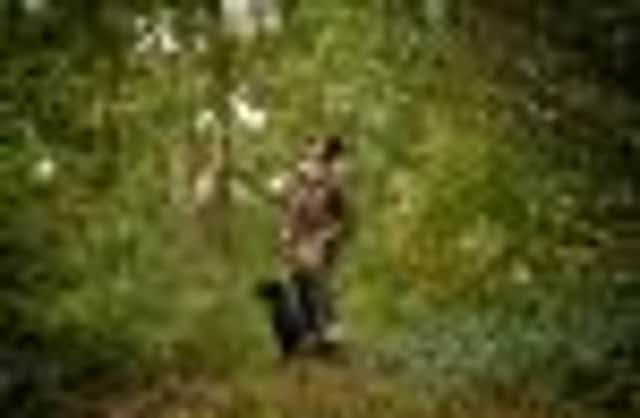Diamond Jubilee woods facing axe over threat of ash disease


amid growing concerns over the spread of a disease which is threatening to devastate the UK’s ash trees.
The advent of Chalara ash dieback has been confirmed in 200 locations across the country, including at least 10 sites in Yorkshire, prompting fears that vast areas of trees will have to be destroyed.
Advertisement
Hide AdAdvertisement
Hide AdMs Scott has revealed that she has been involved in talks with the Woodland Trust after she planted 5,000 trees on her farmland in North Yorkshire earlier this year to mark the Queen’s 60-year reign.
Local volunteers helped to plant a mix of species, but Ms Scott has now discovered that ash samplings could have been imported from Holland, which has been identified as the source of Chalara ash dieback that is affecting the UK.
Ms Scott said: “I have been in contact with the Woodland Trust and they are very concerned and will be advising me this week. But from what they know of my situation they say the picture looks grim.
“It’s devastating. I fear that I will have to cut them all down and dig up the roots. That’s the message the conservationists are giving out. Can you imagine what a heartache that will be?”
Advertisement
Hide AdAdvertisement
Hide AdThe Forestry Commission has confirmed a consignment of infected trees was sent from the Netherlands to a nursery in Buckinghamshire in February, and since then the disease has been found in a number of locations, including a car park, newly planted woodland and a college campus.
Affected areas of the country as well as Yorkshire include Lincolnshire, Sussex, Berkshire, Bedfordshire and Northumberland, along with Norfolk, Suffolk, Kent and Essex.
All affected sites had received stocks of young ash plants from nurseries within the past five years. Further cases have also been confirmed in the nursery trade.
Ms Scott, 61, added: “It was a wonderful feeling to put something into the earth that future generations will enjoy and which will give protection to wildlife and fauna as well as delight the eye. Of course I knew I wouldn’t live to see them reach maturity, but just knowing how they would enrich the countryside in this part of the world gave me enormous pleasure and satisfaction.”
Advertisement
Hide AdAdvertisement
Hide AdThe Chalara fraxinea fungus, which causes leaf loss and crown dieback and can kill off ash trees, has wiped out 90 per cent of the species in some parts of Denmark and is becoming widespread throughout central Europe.
There are fears that the UK’s ash trees are facing a similar fate to its elms, which were destroyed by Dutch elm disease in the 1970s.
The Woodland Trust has unveiled a three-point plan to tackle tree disease, which includes implementing a project to bring scientists and the public together to monitor the UK’s trees and woods.
Officials from the region’s national parks, including the Yorkshire Dales and the Peak District, have asked landowners and visitors to keep a close eye for any signs of the spread of the disease.
Advertisement
Hide AdAdvertisement
Hide AdVisitors are being urged to clean their boots, bike tyres, cars and dogs after visiting the national parks to prevent the spread of the fungus, which can be transmitted by wind, insects and rain splash.
The Department for Environment, Food and Rural Affairs (DEFRA) stressed there had been no confirmed cases of the disease in private gardens.
A spokeswoman for DEFRA confirmed the Forestry Commission is investigating all potential cases that are reported.